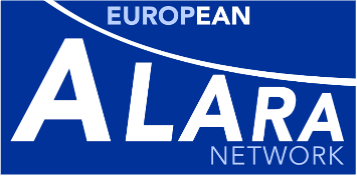To conclude, until scientific research provides unequivocal answers about the radiation effects at low doses and/or low dose rates (see Mundigls paper as an example for tritium), the optimisation of radiological protection will remain the only responsible approach to managing radiation exposures.
Contents of the Issue
- EAN 11th Workshop: "ALARA in Radioactive Waste Management" - Conclusions and Recommendations, P. Shaw (HPA, UK), P. Croüail (CEPN, France)
- High activity sources (HASS) in Italy and the implementation of the EU Directive, S. De Crescenzo, A. Anversa, G. Bertani (Public Health Department, Lombardia District, Italy)
- Patients doses from dental radiography in the UK - an analysis of HPA data, P.G. Ramsden (HPA, UK)
- Incident involving stainless steel sheets contaminated with cobalt 60 in Italy, Lieutenant Colonel R. Massi (Carabinieri Environmental Care Command, Italy)
- Dissemination and extension of radiological protection networking to new shapes and scopes, C. Lefaure (Independant expert, France)
- EU Scientific Seminar 2007: "Emerging issues on tritium and low energy beta emitters", S. Mundigl (European Commission)
- ALARA News
- 12th EAN Workshop - First announcement
